
Tell us about Dog Eared Design, how you started and what you do. Dog Eared Design is a small design studio which focuses almost exclusively on book cover design. The name represents a well-cherished book, one that has the battle scars to show for it’s numerous readings. I also have two golden retrievers that lay at my feet as I work, so there’s a double meaning. I’ve been working in the publishing industry since the early 90’s as an art director/designer at two publishing houses and a design firm. I made the scary but correct decision to fly solo three years ago.
Dog Eared Design is a small design studio which focuses almost exclusively on book cover design. The name represents a well-cherished book, one that has the battle scars to show for it’s numerous readings. I also have two golden retrievers that lay at my feet as I work, so there’s a double meaning. I’ve been working in the publishing industry since the early 90’s as an art director/designer at two publishing houses and a design firm. I made the scary but correct decision to fly solo three years ago.
How do you choose the theme of the cover to best describe the book? Do you send a questionnaire to the publisher/author? If so, can we post it?
I personally don’t have a questionnaire, but instead, work from the material that publishers provide. Different publishers provide different amounts of information but generally I’m given a brief synopsis from one paragraph to numerous pages long, told who the target reader is, and I’m given similar titles in the genre. For fiction it’s helpful to have character sketches and a chapter-by-chapter breakdown of the book, highlighting the key moments, which could be used for the cover. Sometimes I’m given specific design directions and suggestions, but usually simple adjectives like “edgy,” “nostalgic,” or “romantic” are given to describe the book. Now and again I get a manuscript, but the cover is often designed before the book is completed. That way it can be marketed before it’s printed.
Cover-wise what sells a book? The best covers create a mood rather than tell the whole story. Simple and impactful is better than busy and overworked. As a designer I’ve learned that if a book sells it’s well written, but if it doesn’t sell it must have been the cover. I’m obviously kidding, I’d like to say that when a book I’ve designed is on the NY Times best-sellers list that the cover had something to do with the success. But then again I’m humbled when bad designs do equally well or better. So what am I saying? I have no idea what sells a book.
The best covers create a mood rather than tell the whole story. Simple and impactful is better than busy and overworked. As a designer I’ve learned that if a book sells it’s well written, but if it doesn’t sell it must have been the cover. I’m obviously kidding, I’d like to say that when a book I’ve designed is on the NY Times best-sellers list that the cover had something to do with the success. But then again I’m humbled when bad designs do equally well or better. So what am I saying? I have no idea what sells a book.
Does it help when publishers or authors have examples of other books in their genre that appeal to them?
 Absolutely. Knowing what a client likes, and equally as useful, what they don’t like, helps substantially. Because I work in so many genres, I like to reference Amazon for the design trends in specific markets before I start a project.
Absolutely. Knowing what a client likes, and equally as useful, what they don’t like, helps substantially. Because I work in so many genres, I like to reference Amazon for the design trends in specific markets before I start a project.What colors are more marketable than others?
I’m sure the success of Good to Great had a lot to do with the powerful red cover.
However, I don’t usually start a design thinking what color I need to make it. Color flows out of the design process. It’s always good to be aware of color trends and be appropriate for the genre.
Yes. Business books are often bright and arresting. Horror is dark, romance and historical fiction is generally warm, but there are no clear-cut rules, thank goodness.
How do you keep covers from looking cliché?
 I try not to be too obvious in my work. I’m constantly on the lookout for good photography, typefaces, textures, and designs. When the muse doesn’t show up I’ll go to these folders for inspiration.
I try not to be too obvious in my work. I’m constantly on the lookout for good photography, typefaces, textures, and designs. When the muse doesn’t show up I’ll go to these folders for inspiration. Over the years I’ve worked on a number of books with similar subject matters such as marriage, prayer, dating, etc. It’s a challenge to approach each cover from a different perspective. Two years ago Narnia was very popular because of the then upcoming movie. During this time I was assigned four different books about Narnia from four different publishers. A couple of them are shown. The obvious challenge was to make each one unique and not upset the publishers by having designs too similar.
Over the years I’ve worked on a number of books with similar subject matters such as marriage, prayer, dating, etc. It’s a challenge to approach each cover from a different perspective. Two years ago Narnia was very popular because of the then upcoming movie. During this time I was assigned four different books about Narnia from four different publishers. A couple of them are shown. The obvious challenge was to make each one unique and not upset the publishers by having designs too similar. I don’t want to be too specific, but the most difficult covers tend to be the ones that are very important to the publishers. Often these covers don’t turn out as well because too many people get involved. The end result can be a cover that no one hates, but no one particularly loves either. The fun covers are the ones that I’m given a lot of freedom with. So, ironically, most of my favorite covers are for smaller named authors with lower print runs. Take Landon Snow for example. A book that was a lot of fun and very low pressure, but became a best-seller.
I don’t want to be too specific, but the most difficult covers tend to be the ones that are very important to the publishers. Often these covers don’t turn out as well because too many people get involved. The end result can be a cover that no one hates, but no one particularly loves either. The fun covers are the ones that I’m given a lot of freedom with. So, ironically, most of my favorite covers are for smaller named authors with lower print runs. Take Landon Snow for example. A book that was a lot of fun and very low pressure, but became a best-seller. I love reading historical biographies, so I was excited when a Civil War series was sent my way. The challenge was to make the cover look authentic to the time period and visually represent how opposite the two generals were. Lee, the noble leader of the South, vs. Hooker, the not so noble leader from the North, from whom the term “hookers” was derived. Their opposition is shown by each man facing the opposite direction and is reinforced by the oval vs. square frames.
I love reading historical biographies, so I was excited when a Civil War series was sent my way. The challenge was to make the cover look authentic to the time period and visually represent how opposite the two generals were. Lee, the noble leader of the South, vs. Hooker, the not so noble leader from the North, from whom the term “hookers” was derived. Their opposition is shown by each man facing the opposite direction and is reinforced by the oval vs. square frames.I really like the subtly of it. The publisher printed the jacket on an uncoated paper stock, which really added to the antiquity of the design. I immersed myself in the time period by doing a lot of research on the web and looking through a number of books on the subject. The images of the generals came from the Library of Congress, the textures and panel came from istockphoto.com. Letterheadfonts.com and Archivetype.com are great resources for antique fonts.
How expensive are the royalties on art?

The easy answer is “that depends." Getty Images , for example, offers three ways to purchase image usage; Royalty-Free (preferred!), Rights-Managed (Evil), and Rights-Ready, which is somewhere in between. The cost is dependant on factors such as print-run, domestic and or international, and how much real-estate the image takes up on the cover. I always try to use Royalty-free which is cheapest and, as the name implies, has limited restrictions. I often create “original” art by messing with multiple images. The teen fiction cover “In Between” is an example of using numerous photos to create a unique image.

Once a cover is completed, is the picture or image used on the cover copyrighted?
The publisher owns the design but not the image. In rare cases the image can be purchased as an exclusive, but that is amazingly expensive. Some stock houses will not allow images to be used more than once for a specific market.
Where do you find the images you use?
My favorite place to find imagery is
http://www.istockphoto.com/. Though there’s a mix of good and bad imagery the price and selection is unbeatable at $4 to $12 a pop. They also have a designer spotlight area where designers can post their work showing how they used istock images. I’ve posted some of my work at: http://www.istockphoto.com/user_view.php?id=326702
For the price, I also like http://www.photos.com/, and http://www.shutterstock.com/.
Super Stock is great to work with. Getty and Corbis have wonderful imagery but you’d need a pretty healthy photo budget to use them.
 I like to design outside the box, but not too far out. Generally when I give a publisher design options I’ll give them something that I like, something I think they’ll like, and something in line with what’s selling in the genre. It’s up to them how “edgy” they want to be. I’ve learned that keeping publishers happy is more important than keeping myself happy as a designer. Of course it’s wonderful when both occur.
I like to design outside the box, but not too far out. Generally when I give a publisher design options I’ll give them something that I like, something I think they’ll like, and something in line with what’s selling in the genre. It’s up to them how “edgy” they want to be. I’ve learned that keeping publishers happy is more important than keeping myself happy as a designer. Of course it’s wonderful when both occur.That’s an amusing observation! Personally I rarely meet or e-mail authors directly, but almost always work through the publishers. So if a character looks like the author, it’s purely coincidental.
How often (in your experience) does the author have say over the final results?
 Very often. And as you would expect, the bigger the name the more pull an author has.
Very often. And as you would expect, the bigger the name the more pull an author has.I like to know up front if an author has something specific in mind.
How many hours go into a book cover?
It’s hard to break it down into hours, because there is a lot of back and fourth tweaking this and changing that, but it’s good to have two full working days into the first round of comps. I like to have three weeks or more to develop them which allows me time to juggle other projects in different stages of production.
If an author is planning on self-publishing, how much doe it cost to hire you to do a cover?
Ah, the question that scares much of my potential work away. Because I’m a one-man shop I can only take on so much work and still have time for family and have a life. I do ask a premium for cover design. I’m always happy to quote on a project-by-project basis. How’s that for not answering directly? I’ve been thinking about going into politics.
How many times on average does the cover go back for changes?
 More often than not. Hopefully a client will at least choose a general direction from the first round, and then tweak and modify from there. There are times, however, when I do have to go back to the proverbial drawing board. I don’t nickel and dime clients for each design direction or modification, but try to stay within the original budget until they’re happy.
More often than not. Hopefully a client will at least choose a general direction from the first round, and then tweak and modify from there. There are times, however, when I do have to go back to the proverbial drawing board. I don’t nickel and dime clients for each design direction or modification, but try to stay within the original budget until they’re happy.Often we see votes for a book cover? Is it standard to create several covers for the publisher to choose from among?
Yes, publishers expect to see three to five completely different options. This can be a challenge when I feel I’ve nailed it on the first try (rare). It’s usually not the first design I’ve done that ends up being the chosen cover. There have been a few cases where a publisher will hire me along with another design firm in competition for the same project. Those are always nail biters with my fragile ego in the balance.
To see more covers, visit: http://www.dogeareddesign.com. Kirk DouPonce graduated with a BFA from Kendall College of Art & Design and was able to find employment shortly afterward designing for companies such as Young Life, International Bible Society, and Multnomah Publishers.
Kirk DouPonce graduated with a BFA from Kendall College of Art & Design and was able to find employment shortly afterward designing for companies such as Young Life, International Bible Society, and Multnomah Publishers.
Over the years Kirk has designed thousands of book covers, won numerous awards, and has had his work featured in the Fresh section of Communication Arts Magazine. Kirk lives at 8,500 feet within the Rocky Mountains of Colorado with his wife Claudia, their sons Jackson and Eli, and their golden retrievers Rupert and Chowder.




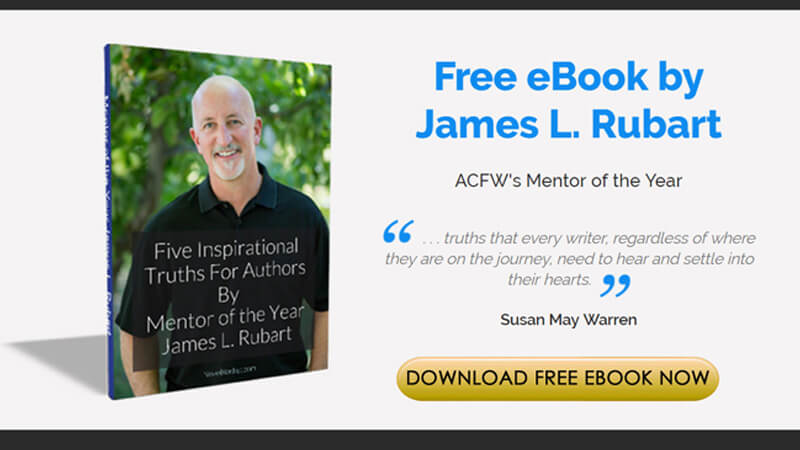
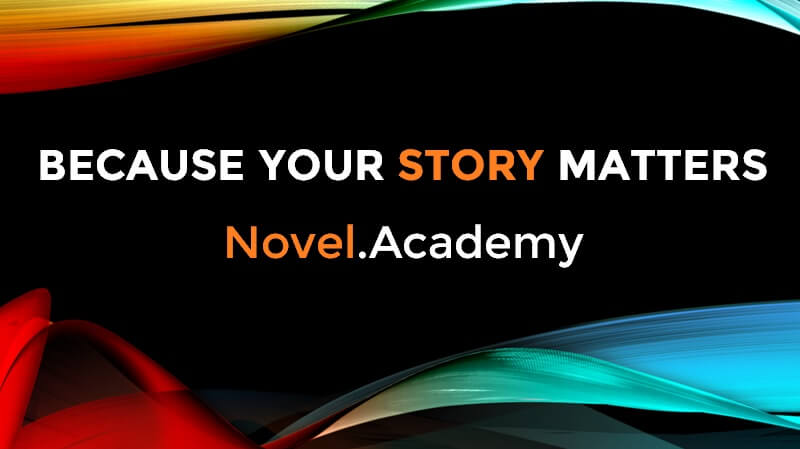
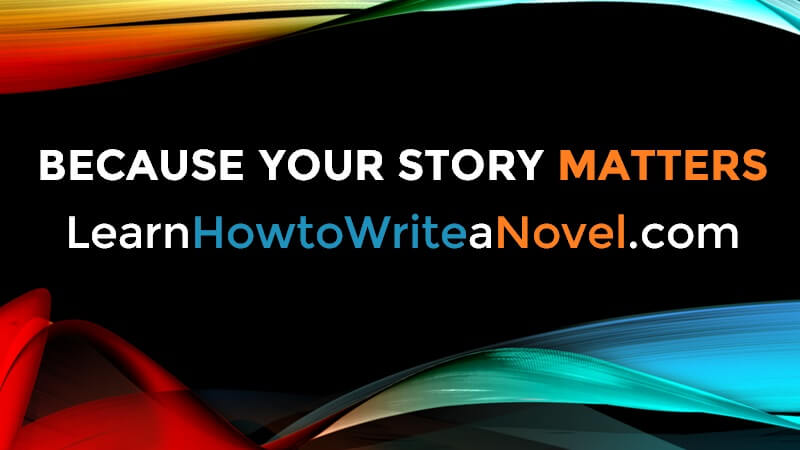
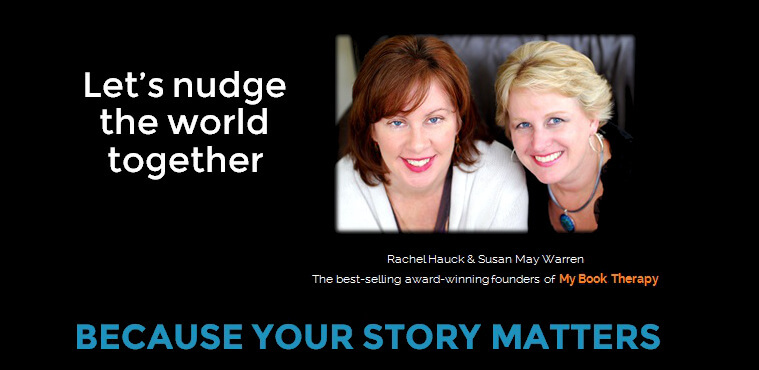

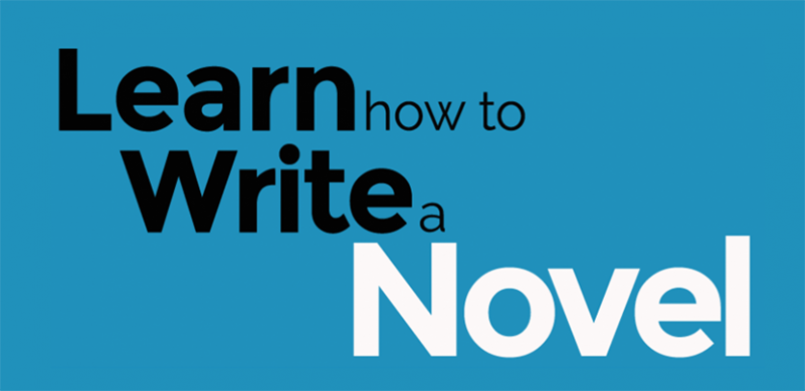



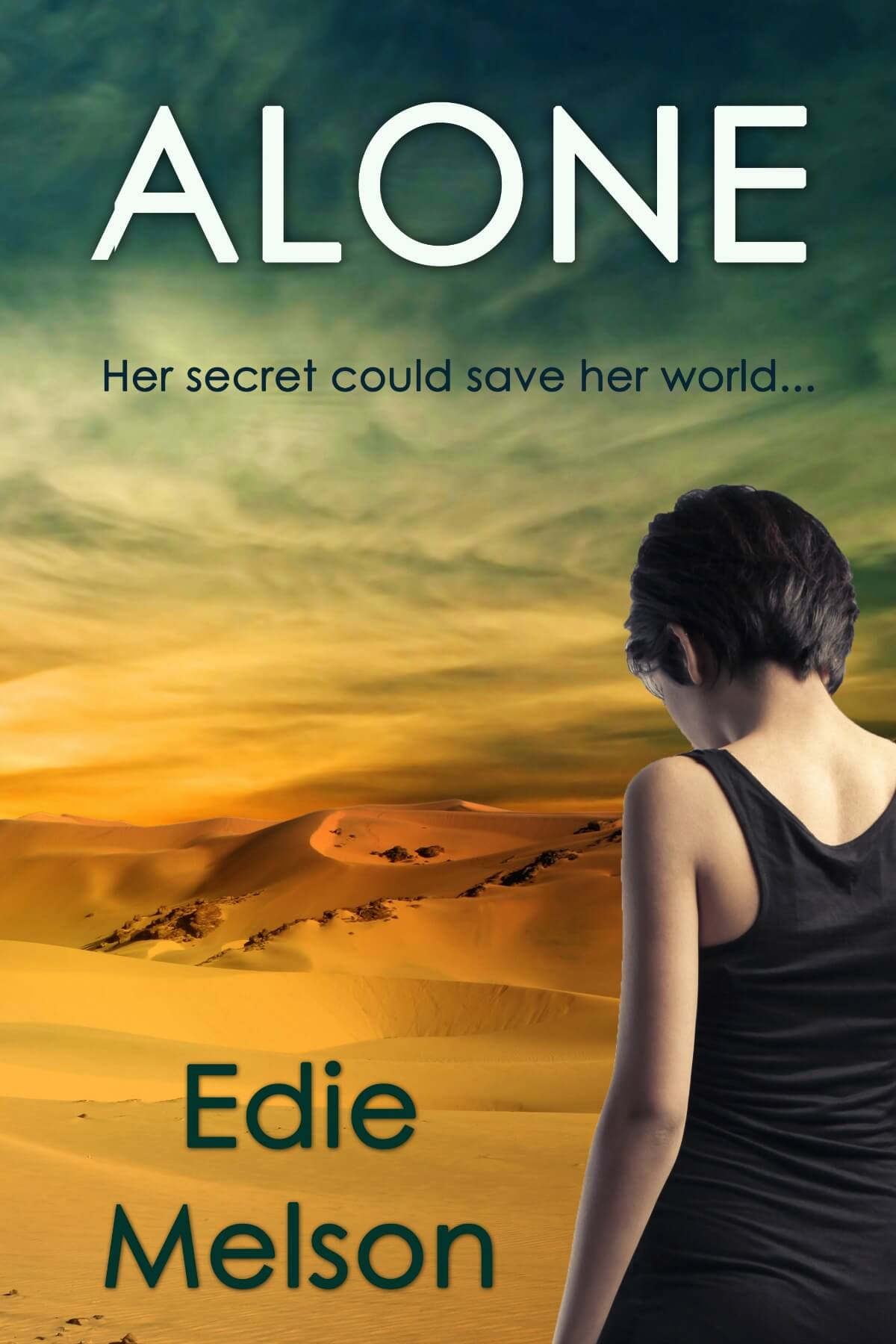









This was extremely interesting. I didn't even know that freelance cover artists existed. I love how Novel Journey expands my mind!
ReplyDeleteLoved this Jess. Thanks Kirk for giving us an insider's view. Love Landon Snow and Steven James' covers particularly. Landon Snow is one of my all time favorites. Great work!
ReplyDeleteLOVED LOVED LOVED this interview. As one who would've been a graphic designer had the words not kept pestering me, I loved hearing about the process.
ReplyDeleteImagine my surprise when I went on Kirk's site and found Watching the Tree Limbs there. Kirk, if you want an endorsement, count me in. Email me at maryedemuth at relevantprose dot com.
So great. Thanks!
Thanks for running this, NJ, and thanks for the interview, Kirk. Great info! Beautiful covers!
ReplyDeleteWhat a fun interview! I love getting a peek inside the publishing biz.
ReplyDeleteKirk, you've done some wonderful covers. That Landon Snow one is just the bee's knees. And it's great to see Jenny Jones' cover up there. Very fresh and the right feel for that story.
ReplyDeleteCongrats on your work.
Wow, this was a really interesting interview. I hadn't thought much about how much went into book covers. Lots to think about here! Great to see another part of the book publishing process.
ReplyDeleteYou guys do the BEST covers. I love the Landon Snow covers. They are just top notch. And as a writer for teens (That's my In Between!), I know my audience DOES judge the book by the cover. Don't we all? Thanks for doing such amazing work and selling our books. : )
ReplyDeleteLOVED this interview. As a young designer I dreamed of one day doing bookcovers. I love the design work I do for writers though.
ReplyDeleteYour covers are GORGEOUS!!! How did you do the cover for Landon Snow? Did you do the illustrations yourself or hire out? What're your favorite programs to use in your work?
Just love this stuff! Can't help but admire a great designer when I see one. :-)
(Oh, and loved the "answer" to how much a cover design costs. :-) )
I was one of Kirk's Roomates back in college and I am so proud to see the work he does. He has always been talented! I often wonder how much his present studio resembles the basement he used to work in.
ReplyDeleteWe have a Kirk original hanging on our bedroom wall. Kirk designed the cover of our wedding anouncement back in 1990. He included drawings of my wife and I and incorporated the theme of our wedding as-well.
I still look for his name every-time I buy a new book... It is there quite often.
Keep up the good work
I am Kirk' sister and I just want to say that I love you and I am so proud of you!
ReplyDeleteI Can't believe the depth, breadth and sincerity of Mr. Douponces work. I am in total awe and completely STUNNED.
ReplyDeleteRose